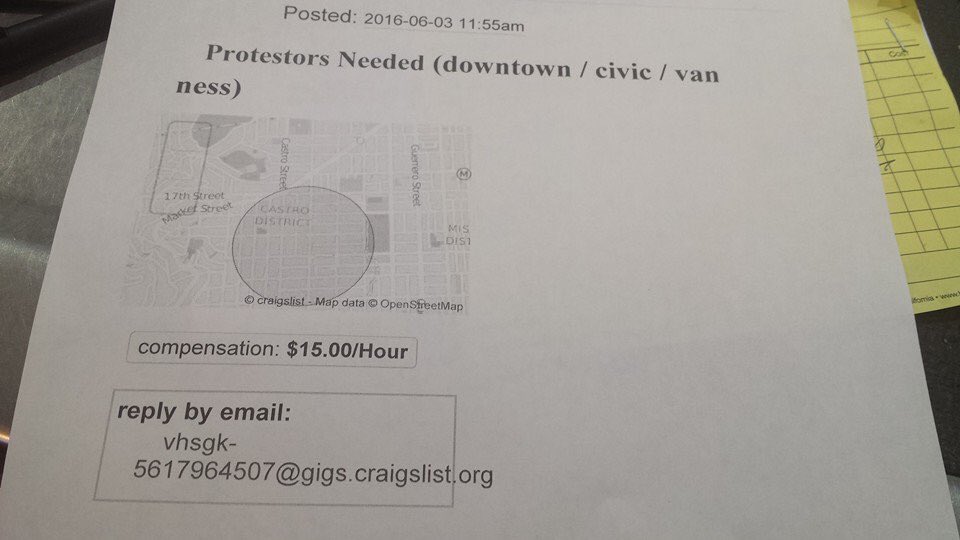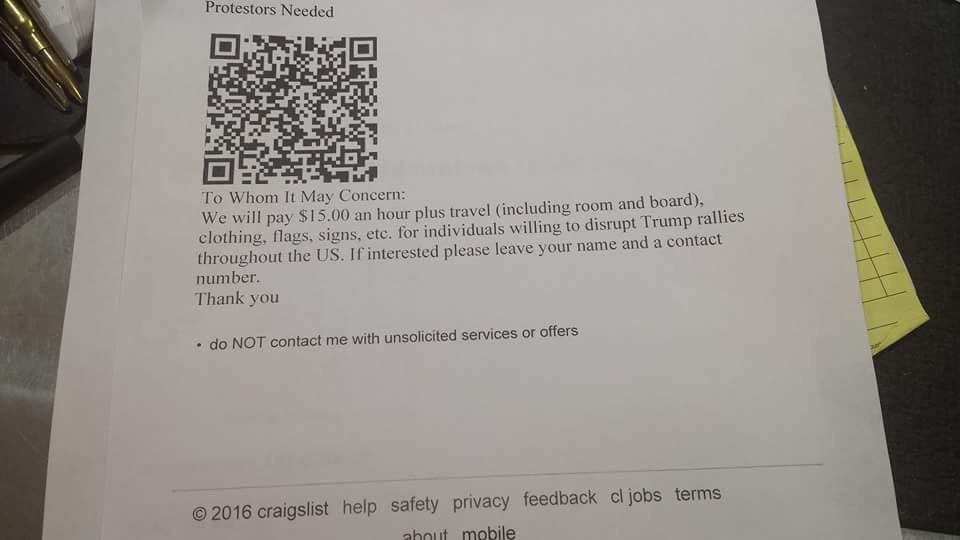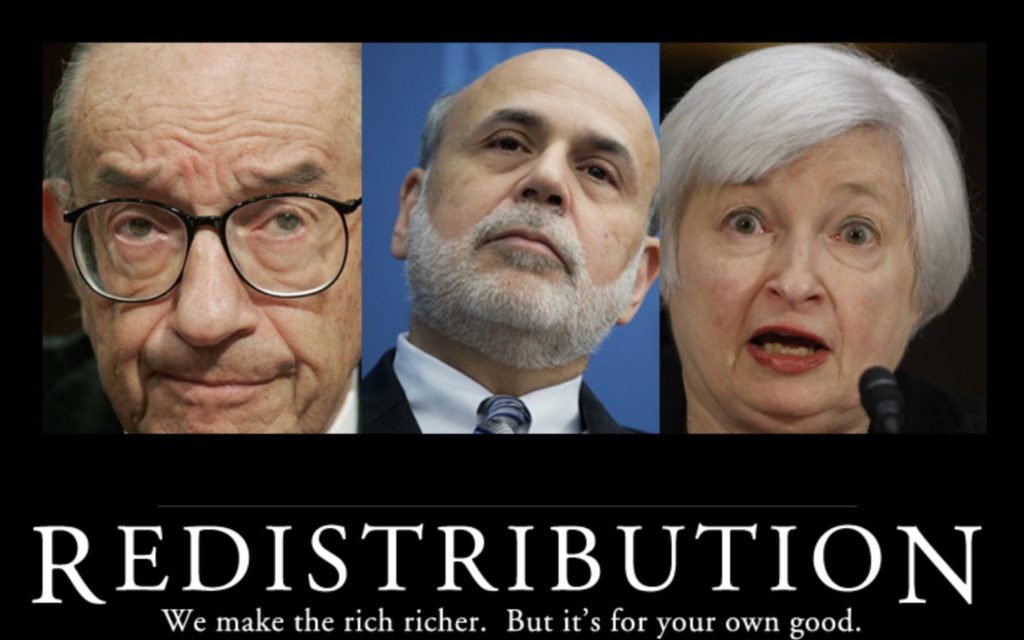Submitted by Edward Morrissey via The FiscalTimes.com,
Insurers helped cheerlead the creation of Obamacare, with plenty of encouragement – and pressure – from Democrats and the Obama administration. As long as the Affordable Care Act included an individual mandate that forced Americans to buy its product, insurers offered political cover for the government takeover of the individual-plan marketplaces. With the prospect of tens of millions of new customers forced into the market for comprehensive health-insurance plans, whether they needed that coverage or not, underwriters saw potential for a massive windfall of profits.
Six years later, those dreams have failed to materialize. Now some insurers want taxpayers to provide them the profits to which they feel entitled - not through superior products and services, but through lawsuits.
Earlier this month, Blue Cross Blue Shield of North Carolina joined a growing list of insurers suing the Department of Health and Human Services for more subsidies from the risk-corridor program. Congress set up the program to indemnify insurers who took losses in the first three years of Obamacare with funds generated from taxes on “excess profits” from some insurers. The point of the program was to allow insurers to use the first few years to grasp the utilization cycle and to scale premiums accordingly.
As with most of the ACA’s plans, this soon went awry. Utilization rates went off the charts, in large part because younger and healthier consumers balked at buying comprehensive coverage with deductibles so high as to guarantee that they would see no benefit from them. The predicted large windfall from “excess profit” taxes never materialized, but the losses requiring indemnification went far beyond expectations.
In response, HHS started shifting funds appropriated by Congress to the risk-corridor program, which would have resulted in an almost-unlimited bailout of the insurers. Senator Marco Rubio led a fight in Congress to bar use of any appropriated funds for risk-corridor subsidies, which the White House was forced to accept as part of a budget deal. As a result, HHS can only divvy up the revenues from taxes received through the ACA, and that leaves insurers holding the bag.
They now are suing HHS to recoup the promised subsidies, but HHS has its hands tied, and courts are highly unlikely to have authority to force Congress to appropriate more funds. In fact, the Centers for Medicare and Medicaid Services formally responded by telling insurers that they have no requirement to offer payment until the fall of 2017, at the end of the risk-corridor program.
That response highlights the existential issue for both insurers and Obamacare. The volatility and risk was supposed to have receded by now. After three full years of utilization and risk-pool management, ACA advocates insisted that the markets would stabilize, and premiums would come under control. Instead, premiums look set for another round of big hikes for the fourth year of the program.
Consumers seeking to comply with the individual mandate will see premiums increase on some plans from large insurers by as much as 30 percent in Oregon, 32 percent in New Mexico, 38 percent in Pennsylvania, and 65 percent in Georgia.
Thus far, insurers still claim to have confidence in the ACA model – at least, those who have not pulled out of their markets altogether. However, massive annual premium increases four years into the program demonstrate the instability and unpredictability of the Obamacare model, and a new study from Mercatus explains why.
The claims costs for qualified health plans (QHPs) within the Obamacare markets far outstripped those from non-QHP individual plan customers grandfathered on their existing plans – by 93 percent. They also outstripped costs in group QHP plans by 24 percent. In order to break even without reinsurance subsidies (separate from the risk-corridor indemnification funds), premiums would need to have been 31 percent higher on average for individual QHPs.
The main problem was that younger and healthier people opted out of the markets, skewing the risk pools toward consumers with much higher utilization rates – as Obamacare opponents predicted all along. With another round of sky-high premium increases coming, that problem will only get worse, the study predicts.
“[H]igher premiums will further reduce the attractiveness of individual QHPs to younger and healthier enrollees, resulting in a market that will appeal primarily to lower-income individuals who receive large subsidies and to people with expensive health conditions,” it concludes. “To avoid such an outcome, it is increasingly likely that the individual insurance market changes made by the ACA will have to be revised or reversed.”
Galen Institute senior fellow Doug Badger, one of the study’s co-authors, wonders how long insurers will continue to publicly support Obamacare. In an interview with me this week, Badger noted how critical that political cover is for the White House, but predicted it won’t last – because the system itself is unsustainable, and no one knows this more than the insurers themselves, even if they remain reluctant to voice that conclusion. Until they speak up, however, the Obama administration can keep up their happy talk while insurers quietly exit these markets, an act that should be speaking volumes all on its own.
Even the Kaiser Foundation, which has supported Obamacare, has admitted that the flood of red ink has become a major issue. “I don't know if we're at a point where it's completely worrisome,” spokesperson Cynthia Cox told NPR, “but I think it does raise some red flags in pointing out that insurance companies need to be able to make a profit or at least cover their costs."
Red flags have flown all over the Obamacare model for six years. Instead of suing the federal government for losses created by a system for which they bear more than a little responsibility, insurers should finally admit out loud that the ACA is anything but affordable – not for insurers, and certainly not for consumers or taxpayers. When that finally happens, we can then start working on a viable solution based on reality rather than fealty to a failed central-planning policy.
Insurers helped cheerlead the creation of Obamacare, with plenty of encouragement – and pressure – from Democrats and the Obama administration. As long as the Affordable Care Act included an individual mandate that forced Americans to buy its product, insurers offered political cover for the government takeover of the individual-plan marketplaces. With the prospect of tens of millions of new customers forced into the market for comprehensive health-insurance plans, whether they needed that coverage or not, underwriters saw potential for a massive windfall of profits.
Six years later, those dreams have failed to materialize. Now some insurers want taxpayers to provide them the profits to which they feel entitled - not through superior products and services, but through lawsuits.
Earlier this month, Blue Cross Blue Shield of North Carolina joined a growing list of insurers suing the Department of Health and Human Services for more subsidies from the risk-corridor program. Congress set up the program to indemnify insurers who took losses in the first three years of Obamacare with funds generated from taxes on “excess profits” from some insurers. The point of the program was to allow insurers to use the first few years to grasp the utilization cycle and to scale premiums accordingly.
As with most of the ACA’s plans, this soon went awry. Utilization rates went off the charts, in large part because younger and healthier consumers balked at buying comprehensive coverage with deductibles so high as to guarantee that they would see no benefit from them. The predicted large windfall from “excess profit” taxes never materialized, but the losses requiring indemnification went far beyond expectations.
In response, HHS started shifting funds appropriated by Congress to the risk-corridor program, which would have resulted in an almost-unlimited bailout of the insurers. Senator Marco Rubio led a fight in Congress to bar use of any appropriated funds for risk-corridor subsidies, which the White House was forced to accept as part of a budget deal. As a result, HHS can only divvy up the revenues from taxes received through the ACA, and that leaves insurers holding the bag.
They now are suing HHS to recoup the promised subsidies, but HHS has its hands tied, and courts are highly unlikely to have authority to force Congress to appropriate more funds. In fact, the Centers for Medicare and Medicaid Services formally responded by telling insurers that they have no requirement to offer payment until the fall of 2017, at the end of the risk-corridor program.
That response highlights the existential issue for both insurers and Obamacare. The volatility and risk was supposed to have receded by now. After three full years of utilization and risk-pool management, ACA advocates insisted that the markets would stabilize, and premiums would come under control. Instead, premiums look set for another round of big hikes for the fourth year of the program.
Consumers seeking to comply with the individual mandate will see premiums increase on some plans from large insurers by as much as 30 percent in Oregon, 32 percent in New Mexico, 38 percent in Pennsylvania, and 65 percent in Georgia.
Thus far, insurers still claim to have confidence in the ACA model – at least, those who have not pulled out of their markets altogether. However, massive annual premium increases four years into the program demonstrate the instability and unpredictability of the Obamacare model, and a new study from Mercatus explains why.
The claims costs for qualified health plans (QHPs) within the Obamacare markets far outstripped those from non-QHP individual plan customers grandfathered on their existing plans – by 93 percent. They also outstripped costs in group QHP plans by 24 percent. In order to break even without reinsurance subsidies (separate from the risk-corridor indemnification funds), premiums would need to have been 31 percent higher on average for individual QHPs.
The main problem was that younger and healthier people opted out of the markets, skewing the risk pools toward consumers with much higher utilization rates – as Obamacare opponents predicted all along. With another round of sky-high premium increases coming, that problem will only get worse, the study predicts.
“[H]igher premiums will further reduce the attractiveness of individual QHPs to younger and healthier enrollees, resulting in a market that will appeal primarily to lower-income individuals who receive large subsidies and to people with expensive health conditions,” it concludes. “To avoid such an outcome, it is increasingly likely that the individual insurance market changes made by the ACA will have to be revised or reversed.”
Galen Institute senior fellow Doug Badger, one of the study’s co-authors, wonders how long insurers will continue to publicly support Obamacare. In an interview with me this week, Badger noted how critical that political cover is for the White House, but predicted it won’t last – because the system itself is unsustainable, and no one knows this more than the insurers themselves, even if they remain reluctant to voice that conclusion. Until they speak up, however, the Obama administration can keep up their happy talk while insurers quietly exit these markets, an act that should be speaking volumes all on its own.
Even the Kaiser Foundation, which has supported Obamacare, has admitted that the flood of red ink has become a major issue. “I don't know if we're at a point where it's completely worrisome,” spokesperson Cynthia Cox told NPR, “but I think it does raise some red flags in pointing out that insurance companies need to be able to make a profit or at least cover their costs."
Red flags have flown all over the Obamacare model for six years. Instead of suing the federal government for losses created by a system for which they bear more than a little responsibility, insurers should finally admit out loud that the ACA is anything but affordable – not for insurers, and certainly not for consumers or taxpayers. When that finally happens, we can then start working on a viable solution based on reality rather than fealty to a failed central-planning policy.





















